As Huawei smartphone shipment skyrocketed in the first six weeks this year, sales of Apple iPhone plunged in the same period – losing 24%. But the return of Huawei to the consumer business affects not only Apple. Several Chinese brands also suffer a drop in business, even though most of them were not as severe as the American brand.
Oppo’s smartphone shipments fell 29% year on year, while Vivo and Xiaomi saw drops of 15% and 7% respectively. Thanks to the stunning launch of Mate 60 smartphone, Huawei becomes the best-performing smartphone brands for the first 6 weeks – jumping 64%. Even Honor, the smartphone brand spun off from Huawei in 2020, saw its sales increased by 2%, according to research firm Counterpoint.
In a nutshell, Apple “faced stiff competition at the high end from a resurgent Huawei while getting squeezed in the middle on aggressive pricing from the likes of OPPO, Vivo and Xiaomi”. It became so bad that Apple began subsidizing certain iPhone models by as much as 1,300 Yuan (US$180.68) last week through flagship stores on Tmall, Alibaba’s major marketplace platform.
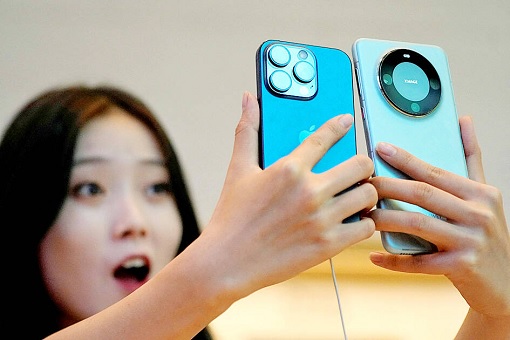
Having already offered iPhone discounts of up to 500 Yuan last month – an unusual move – Apple’s stock price has lost 10% in the past month after the U.S. company issued a disappointed revenue forecast – US$6 billion below Wall Street expectations. It didn’t help that Apple, a member of the tech giants “Magnificent Seven”, is not keeping up with the latest trends, such as foldable phones.
Apple’s share of the Chinese smartphone market dropped to 15.7%, dropping to fourth place, compared with second place a year ago when it had a 19% market share. Huawei, on the other hand, climbed to second place as its market share expanded to 16.5% from 9.4% a year earlier. Clearly, not only Huawei is gobbling Apple’s premium market, but also eats the lunch of other Chinese brands.
Once the world’s largest smartphone player by sales volume, Huawei was knocked down momentarily when the U.S. government hit the Chinese tech giant with numerous sanctions in 2019 and 2020, cutting it off from key chips and technology required for 5G mobile internet. Without Huawei, customers flocked to iPhones, pushing it to the top spot – till the introduction of Mate 60.
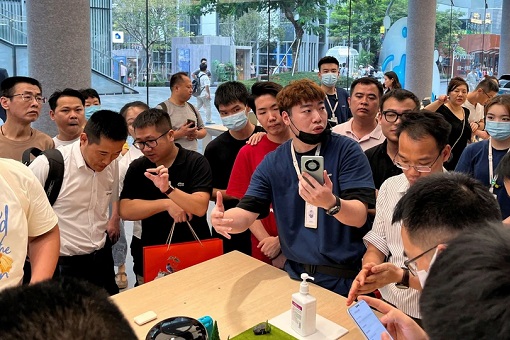
When Gina Raimondo visited China in August 2023, the first U.S. Commerce Secretary to travel to the country in 5 years, Huawei quietly launched the Mate 60 Pro smartphone – armed with a breakthrough microchip. The timing of the launch was to humiliate the U.S. and the new gadget has shocked not only the world, but also a slap in the face of Washington.
It was not supposed to happen, not after the U.S. has imposed various export sanctions to prevent China’s access to powerful technology. Yet, it has an advanced chip inside that was both designed and manufactured in China despite U.S. export bans designed to prevent China from making a technological jump. The new Kirin 9000s chip was a cutting-edge 7-nanometre processor.
A few years ago, Trump was not happy that Huawei’s 5G technology was ahead of the United States. Under the pretext of national security, the Chinese tech giant along with 68 affiliates was added to a trade blacklist in May 2019 – effectively requiring American companies to get approval from the U.S. government before conducting business with the Chinese firms.
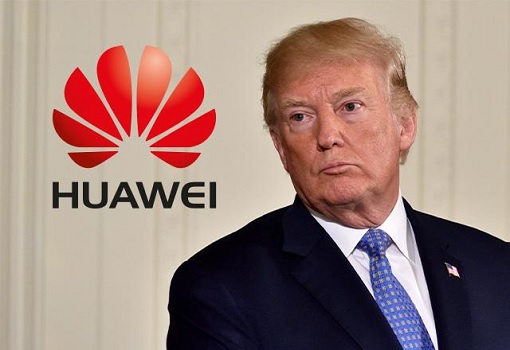
The export ban saw some American tech giants like Google, Intel, Xilinx, Broadcom and Qualcomm cutting business agreements with Huawei. It was Trump’s attempt to block Huawei from rolling out 5G around the world. Washington claims the 5G network technology offered by Huawei could be used by China for espionage, an allegation that the U.S. can’t prove until today.
Obviously, Huawei refused to surrender despite several years of relentless U.S. attacks. On the contrary, it has been waiting to show the “middle finger” to the most powerful country in the world. Huawei’s three-year absence from the 5G smartphone market came to an end last September. Crucially, it wanted Raimondo to deliver the sad news back to Washington – Huawei is unstoppable.
Even without advertising or marketing, the first batch of Mate 60 Pro phones was sold out in less than an hour. Heck, there wasn’t any technical specification because Huawei chose to play it mysterious. The smartphone does not even show “4G” or “5G” signals on its status bar. The lack of information makes people go crazy as they discussed online whether it is a 5G phone.
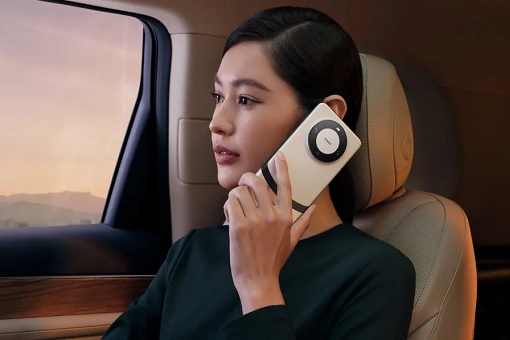
With average speeds of 300 Mbps – even peak speeds exceeding 800 Mbps – the Mate 60 Pro is definitely a 5G smartphone, or at least possesses all the 5G capabilities. It is also Huawei’s first handset that supports satellite calls, allowing connectivity even in remote areas. But the Mate 60 is just the beginning. A month later (Sept 2023), it introduced two more smartphones.
Determined to snatch back its former title as the world’s largest smartphone market, which saw its market share at 27% in 2020, the Mate X5 – a new version of its foldable phones – and the Mate 60 Pro+ were introduced. Again, even without 5G indicator on the screen, the new devices reached a download speed of over 1Gbps, smashing speculations that Mate 60 has been just a marketing gimmick.
In mainland China, shipments of foldable smartphones reached 7.01 million units in 2023, up 114% from 3.2 million in 2022. In fact, competition was so fierce that Huawei and Xiaomi were engaged in a war over a foldable phone patent, where Huawei has accused its Chinese competitor of stealing its IP (intellectual property), which Xiaomi had denied.
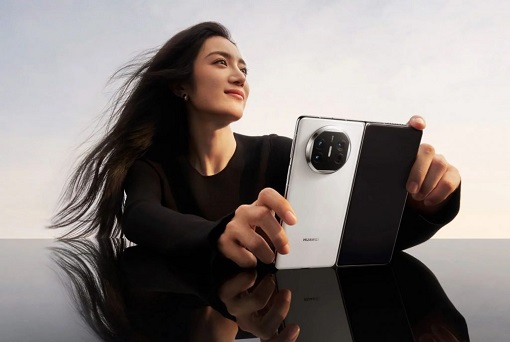
Since South Korean Samsung began its Galaxy Fold in 2019, companies including Motorola, Xiaomi, Huawei, Oppo and even Google have all unveiled their own foldable models. The foldable phone market is expected to triple by 2027, accounting for 50 million units annually. That would be an incredible jump from an estimated 15.9 million units in 2023, and 17.7 million units in 2024.
But Apple, which became the world’s top smartphone maker by volume for the first time in 2023, thus ending Samsung’s 12-year reign as the industry leader, isn’t Huawei’s only target. Samsung, with global market share of 19.4% compared to Apple’s 20.1% last year, would face tough competition from the Chinese brand as well, especially in the premium segment which grew from a mere 6% in 2016 to 24% in 2023.
In the global premium smartphone market share, the iPhone commanded 71% in 2023. Samsung and Huawei cornered 17% and 5% respectively. Apple’s loss in China in the first six weeks this year translates into market gains for the South Korean and Chinese phone makers. And as both Samsung and Huawei have foldable phones, this will be where the real battle is.
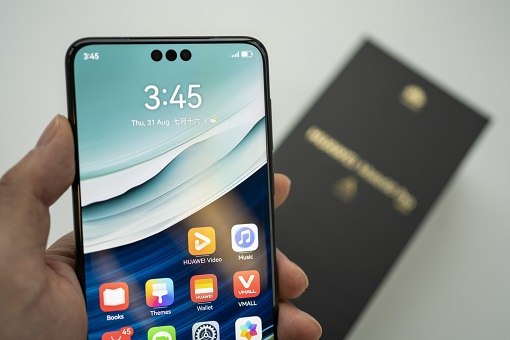
So, the problem with Apple isn’t only confined to its lack of foldable phones, but also its fetish to increase price with no reasonable offering. While Samsung phones are not bad, they are overpriced for an Android gadget. Huawei could throw price as if tomorrow is the end of the world in order to capture market share, not to mention it could also give away AI capabilities on its smartphones.
Other Articles That May Interest You …
- How U.S. Sanction Fails & Backfires Again – Unstoppable Huawei Unveils Latest 5G Smartphone That Makes Satellite Calls
- How Huawei Secretly Builds Microchip Factories To Bypass U.S. Sanctions
- China Finally Fights Back – Export Controls On Metals Critical In Chip Manufacturing Could Checkmate U.S. Tech War
- De-Dollarization Going Global – Why This Ex-Goldman Chief Economist Encourages BRICS To Challenge US Dollar Dominance
- BRICS Currency Backed By Gold – Last Year Yellen Bragged U.S. Dollar Can’t Be Challenged, Now She’s Not Sure Anymore
- Trade Surplus Of $535 Billion – Not Even The U.S. Trade War Or Covid Pandemic Can Destroy China Economic Powerhouse
- Economists Thought China’s Economy Depends On The World – But McKinsey Research Shows Otherwise
- What Trump Doesn’t Want His Supporters To Know – China Lowered Tariffs To Everyone Except The U.S.
- From Trade War To Tech War – After 5G Technology, The US Aims To Cripple China’s Artificial Intelligence
- Watch Out Trump!! – China May Weaponize “Rare Earth” To Retaliate Against U.S.’ Ban On Huawei
- China’s New Message To The U.S. – “Negotiate – Sure!”, “Fight – Anytime!”, “Bully Us – Dream On!”

|
|
March 8th, 2024 by financetwitter
|


|

|

|

|

|

|







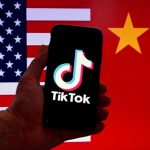







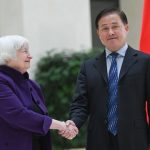












Comments
Add your comment now.
Leave a Reply